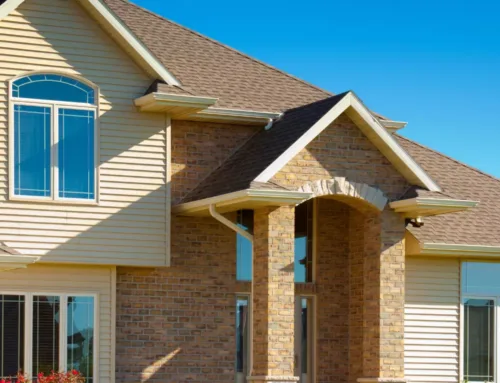Roofing underlayment is a critical component of any roofing system. It is the layer of material that is installed directly on top of the roof deck, and beneath the primary roofing material, such as shingles or tiles. Its primary function is to act as a secondary barrier against moisture, wind, and other environmental elements that can damage a roof. In this article, we will discuss the importance of roofing underlayment and why it is essential to ensure the longevity and durability of any roofing system.
Firstly, roofing underlayment provides an extra layer of protection against water damage. While shingles and tiles are the primary barrier against water infiltration, they are not completely impervious to moisture. Wind-driven rain or heavy snow can penetrate through shingles and tiles, and if the roof is not adequately sealed, water can seep into the roof deck and cause damage to the structural integrity of the roof. Underlayment helps to prevent this by creating a waterproof barrier between the roof deck and the primary roofing material.
Secondly, roofing underlayment helps to improve the energy efficiency of a home. A properly installed underlayment can help to reduce heat transfer through the roof and prevent heat loss during the winter months. This can lead to a significant reduction in heating costs and can help to keep homes more comfortable all year round.
Thirdly, underlayment helps to prevent damage to the roofing material itself. Without an underlayment, the primary roofing material can be damaged by extreme weather conditions such as heavy rain, wind, and hail. This can lead to costly repairs or even the need for a complete roof replacement.
When considering which type of underlayment to use, homeowners should take into account the specific needs of their roofing system. The most common types of underlayment are felt and synthetic materials. Felt underlayment has been in use for many years and is typically made from asphalt-saturated paper. It is relatively inexpensive and easy to install, making it a popular choice for many homeowners. However, it can be prone to tearing and puncturing, which can compromise its effectiveness as a waterproof barrier.
Synthetic underlayment, on the other hand, is a more modern alternative to felt. It is typically made from a combination of polymer and fiberglass, which gives it superior strength and durability compared to felt. It is also lighter and easier to install, which can make it a more attractive option for some homeowners. However, it is generally more expensive than felt underlayment, which can be a consideration for those on a budget.
In addition to choosing the right type of underlayment, it is also essential to ensure that it is installed correctly. A poorly installed underlayment can compromise its effectiveness and lead to costly repairs down the road. It is recommended that homeowners hire a professional roofing contractor to install their underlayment to ensure that it is done correctly and to code.
Roofing underlayment is a crucial component of any roofing system. It provides an extra layer of protection against water damage, helps to improve energy efficiency, and prevents damage to the primary roofing material. When choosing an underlayment, homeowners should consider their specific needs and budget, and ensure that it is installed correctly to ensure its effectiveness. By taking these factors into account, homeowners can ensure the longevity and durability of their roofing system for years to come.





